Movies, Novel, Sci-Fi, Story Telling
How Sci-Fi Has Changed Since the 1950s
How Sci-Fi Has Changed Since the 1950s
Looking at my library shelves and streaming video collections, it’s interesting to note some of the common themes and styles in Sci-fi over the ages.
For purposes of this blog post, I have focused mainly on American Sci-fi. It’s what I’m most familiar with and influenced by, but of course 21st century Sci-fi tends to offer a more global perspective, due to our interconnected global communications.
1950s
To start the 1950s decade, Isaac Asimov published one of his most influential writings, I, Robot. This piece of fiction remains one of the most inspiring pieces of Sci-fi literature to date.
There is a definite theme of nearby space travel in 1950s sci-fi literature and film. Since space exploration was only in the early research stages, our culture was fascinated by those things we could see but still knew little about — the sun, the moon, neighboring planets, and Milky Way constellations. Era specific sci-fi film titles like Radar Men from the Moon, War of the Satellites, The Angry Red Planet, The Hideous Sun Demon, and The Flight to Mars showcase some of this interest. Even our own planet still held much inspiration. The Day the Earth Stood Still and the rest of its series were quite popular.
The Cold War was in its infancy, but increasingly becoming a wider threat. As time went on, Cold War themes can also be noticed more and more within Sci-fi books and movies. Inevitably, the race for aeronautical technology between Russia and the USA was a major part of the Cold War. Thus, Sci-fi and the Cold War are often linked.
1960s
The 1960s presented a lot of changing views and perspectives due to advancing technology, greater ease of travel and communication, the Vietnam War, and the assassinations of President John F. Kennedy and Martin Luther King, Jr. Around the world there was also many goings-ons such as the Cultural Revolution in China, the construction of the Berlin wall in Germany, and many aeronautical feats from both the USA and Russia.
All of these themes are prevalent in the major Sci-Fi works of the 1960s. Many conspiracy theories begin to permeate as well. The Manchurian Candidate is one example. This literary work was released to film in 1962.
The biggest and most influential Sci-fi phenomena began in 1966 – Star Trek began airing in the USA. This major television show is perhaps one of the most influential pieces of science fiction creative ever made. Trekkie fans exist all over the world and the show appealed to the human need for adventure and exploration.
1970s
The 1970s were a quieter time in Sci-fi history. The Vietnam War ended and tensions in the Middle East arose. Yet, neither of these two events made much splash in Sci-fi books or films.
Instead, the Sexual Revolution of the 1960s made a slight impact on 1970s Sci-fi. For example, DAW publishing company was founded. They focused primarily on Sci-fi and established themselves with a much more open attitude towards contemporary themes in their publications. This was a departure from ACE publishing company, which kept a more modest approach to editing.
Another interesting departure was Douglas Adam’s The Hitchhikers Guide to the Galaxy, a humurous series that lightened the general tone of Sci-fi at the time.
1980s
The 1980s was a definite time of nerdy tinkering that resulted in huge technology advanced — primarily the internet. Though not available in the way we know it today until the 1990s, the engineers, students, and hobbyists of the 1980s laid the groundwork for this revolutionary form of communication. Computer technology began to prominently enter Sci-fi writings introducing concepts such as virtual reality and computer controlled environments.
On a more dramatic note, live audiences witnessed the Challenger explosion. This catastrophic failure made the risk of space exploration all too real. Perhaps this is why Sci-fi movies and novels became more popular — an escapist space where reality isn’t impacted, yet all the fun and adventure still awaits. Sci-fi pop-culture exploded with Star Wars and other popular movies.
1990s
The 1990s witnessed huge leaps in technology, catching some by surprise. Even advances in cinematography and special effects played a major role of the common perceptions of Sci-fi entertainment. The Matrix series and many others created quite a stir and likely gathered greater audiences to the Sci-fi genre.
2000s
From a pop-culture perspective, the 2000s really saw an advent in the melding of Fantasy and Sci-fi. Werewolves, vampires, sorcerers, and witches all combine in a variety of settings past, present, and future. The Twilight series will no-doubt go down in history as a classic young adult read, as will Harry Potter.
These tales of coming-of-age and magical beings are inspirations for the coming generations of Sci-fi creatives.
2010s
Most recent years of science fiction have shown a distinct interest in dystopian societies and all the related drama that can occur. Another popular theme is transhumanism, which I’ve written about in another post on future trends in Sci-fi.
What themes do you see throughout Sci-fi history? Be sure to head over to www.leifericksonwriting.com to see the direction my latest sci-fi is going.



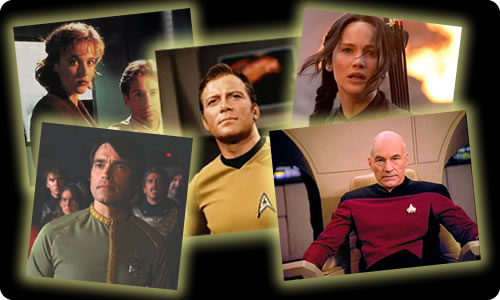
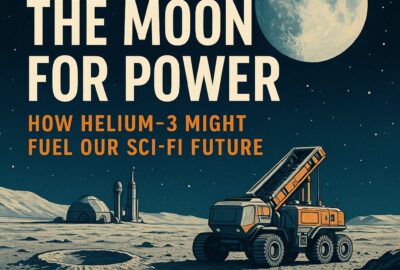
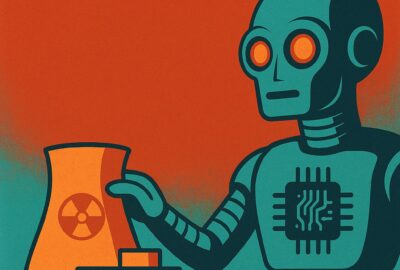


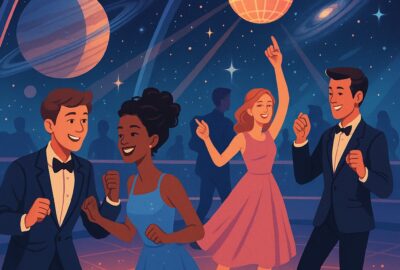

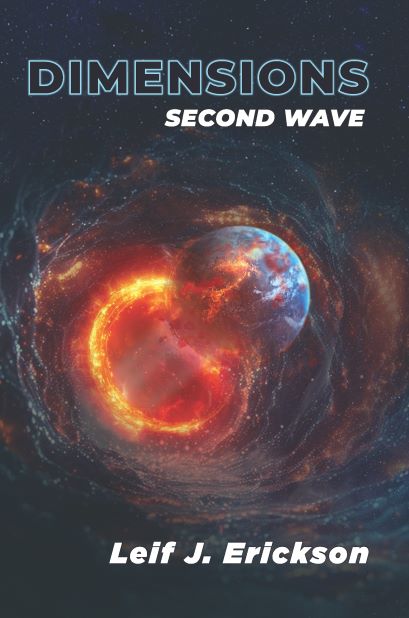
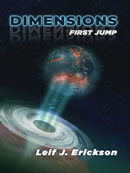
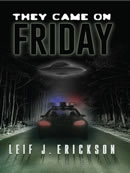

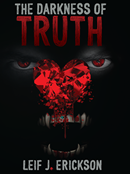
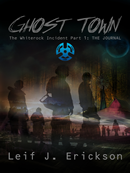
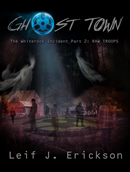

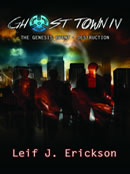

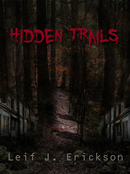
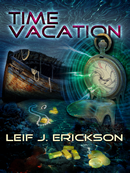





Leave a reply
You must be logged in to post a comment.